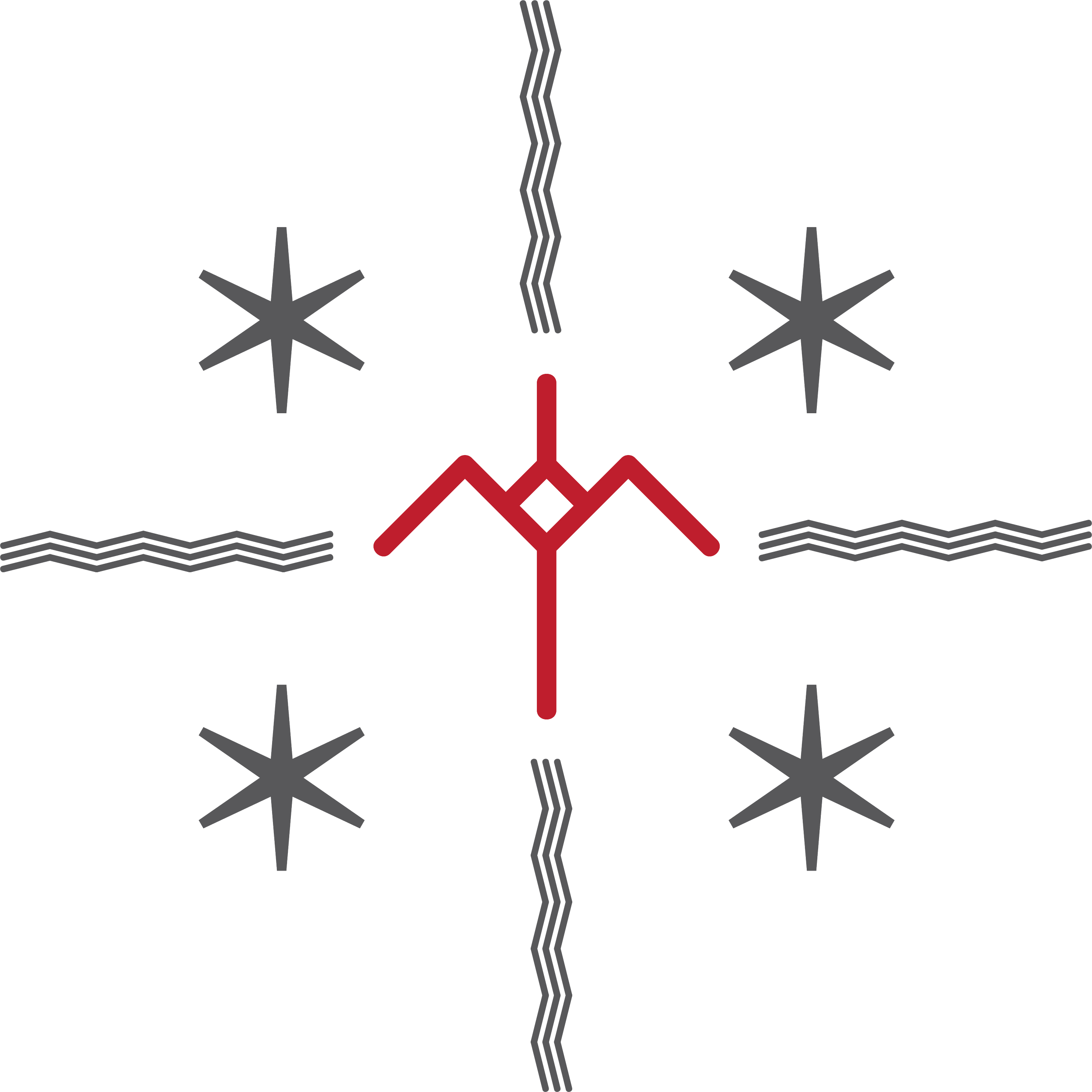Commissioning Artworks
A Canvas of Collaboration: Navigating the Art of Commissioning Artworks
***Disclaimer***
This article was AI generated and while it’s purpose is to be informative, it does:
A - Not reflect our personal views in any way and
B - Should not be relied upon as a sole source of information for the subject under discussion.
Introduction:
Commissioning an artwork is a unique and enriching experience that allows individuals to bring their creative visions to life while supporting artists in their craft. From choosing the right artist to communicating your ideas, the process involves a delicate dance of collaboration and creativity. In this blog post, we'll explore the intricacies of commissioning artworks, offering insights and tips for both patrons and artists.
1. **Choosing the Right Artist:**
The first step in commissioning artwork is finding an artist whose style resonates with your vision. Take the time to explore artists' portfolios, attend art exhibitions, and engage with their previous works. Understanding the artist's aesthetic and capabilities is crucial for a successful collaboration.
2. **Establishing a Clear Vision:**
Before approaching an artist, have a clear vision of what you want to commission. Consider the subject matter, style, color palette, and any specific elements you'd like to incorporate. The more details you can provide, the better the artist can bring your vision to life.
3. **Open Communication:**
Effective communication is key to a successful collaboration. Clearly articulate your expectations, preferences, and any specific requirements you may have. Be open to the artist's input and ideas, fostering a collaborative environment that allows for creative exchange.
4. **Discussing Budget and Terms:**
Openly discuss the budget for the commission with the artist. Consider factors such as size, materials, and complexity of the artwork when determining the cost. Establish a timeline for completion and discuss any additional terms, such as revisions and delivery methods.
5. **Setting Expectations:**
Clearly define expectations regarding the final artwork, including size, medium, and overall style. Discuss whether the artist will provide sketches or drafts for approval before proceeding with the final piece. Setting these expectations upfront ensures a smoother and more satisfying collaboration.
6. **Contracts and Agreements:**
It's advisable to formalise the commission arrangement with a written contract or agreement. This document should outline the scope of work, payment terms, deadlines, and any other relevant details. Having a written agreement protects both the patron and the artist and provides a reference point throughout the process.
7. **Payment Structure:**
Discuss the payment structure with the artist, considering factors such as an initial deposit, progress payments, and final payment upon completion. Artists may have different preferences, so finding a mutually agreeable payment structure is essential for a positive collaboration.
8. **Trust the Artist's Expertise:**
While it's important to communicate your vision, trust the artist's expertise and creative process. Allow room for interpretation and artistic expression, as this often leads to a more authentic and captivating final artwork.
9. **Feedback and Revisions:**
Be open to providing constructive feedback during the creative process. Most artists welcome feedback that helps refine the artwork to better align with your vision. Clearly communicate any revisions you'd like, and collaborate with the artist to achieve the desired outcome.
10. **Celebrating the Finished Piece:**
Once the artwork is complete, celebrate the collaborative achievement. Share your satisfaction with the artist, and consider providing testimonials or reviews to support their work. Your positive experience can contribute to the artist's reputation and encourage future collaborations.
Conclusion:
Commissioning artworks is a collaborative journey that allows patrons to play an active role in the creation of unique and meaningful pieces. By approaching the process with clear communication, respect for the artist's expertise, and a shared passion for creativity, both patrons and artists can embark on a rewarding artistic adventure.
